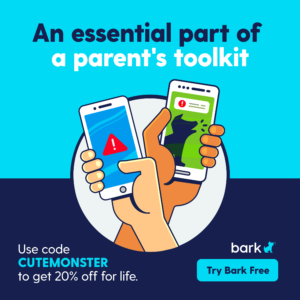In the nascent days of Social Media the world embraced an exciting new form of communication. Instilling humanity into the cold digital landscape of the internet promised to transform the experience. It would create a new narrative of how human beings forged bonds with one another regardless of geographic distance. Or so we thought.
In truth the reality has been a mixed bag. Currently Social Media giants such as Facebook and Twitter command the lion’s share of the playing field. Yet countless other social media platforms continue to surface as well; each competing for assorted demographics. Coupled with the advent of smartphones and tablets, global access now occurs at all times. And texting has supplanted phone calls as the preferred means of communication.
The Promise vs. the Reality of Social Media
Much of the promised social connectivity has morphed into a vehicle for self-aggrandizement. Companies have tapped into our narcissistic tendencies by way of a feedback loop. Egos are rewarded for producing eye-catching images, provocative diatribes, and emotional outreach. How many “likes”, followers and shared content all factor into defining an individual’s perception of influence over others. By design, engagement becomes addicting and perhaps even profitable. For kids though, the cost of participation can be substantially greater.
Parenting vs. the Machine
As a parent, I recognize there are many positive aspects to social media for children such as digital media literacy, collaborative learning, creativity and even an improved sense of well-being. Yet many dangers lurk within for kids in the absence of social media monitoring such as cyberbullying and exposure to inappropriate content (violence, sexually explicit images, etc.). Most disturbingly, online sexual predators seek out kids with the objective of manipulating them to do their bidding.
I have considered completely banning social media from my kids. Yet the genre has become increasingly embedded in apps, games, websites and distance learning. Ultimately that leaves parents with the unenviable responsibility of not only teaching children to navigate the digital world but also protecting them from it. I personally met the challenge head-on using a combination of parental controls integrated with my kids’ iOS based devices as well as implementing social media monitoring software courtesy of Bark.
Bark’s relatively affordable monthly subscription allows me to noninvasively monitor my children’s text messages, YouTube, emails, and more than 30 different social networks for potential safety risks. It doesn’t inundate me with endless hours of material. Instead, Bark’s algorithm focuses specifically on abuses which require my attention.
Final Thoughts
Indeed, I felt confident enough with Bark’s software to recommend it to CuteMonster readers. It’s proven invaluable in catching not only problematic issues with one’s own kids but also offering a bridge to help their friends as well.
The digital landscape continues to evolve. The need for engaged parenting remains a constant. Keeping kids safe never grows old.
We’ve partnered with Bark to offer a free 7-Day trial subscription as well as 20% off for life if you sign-up using our referral code CUTEMONSTER




